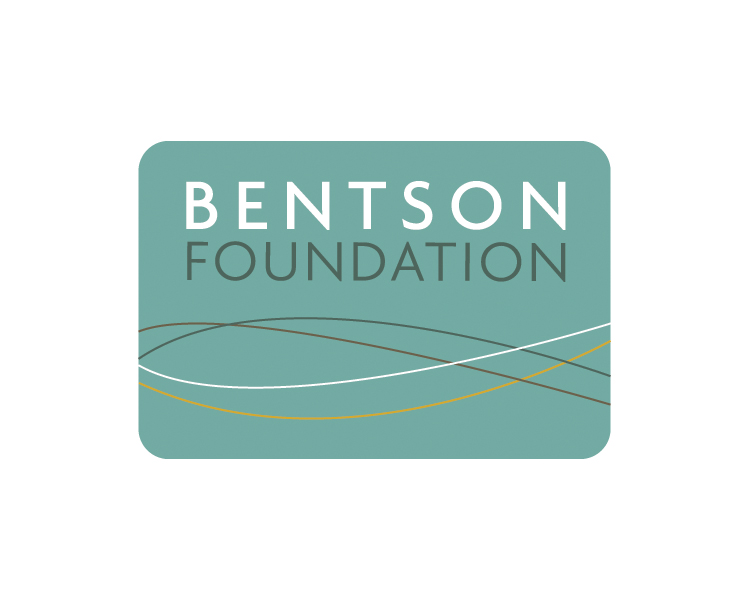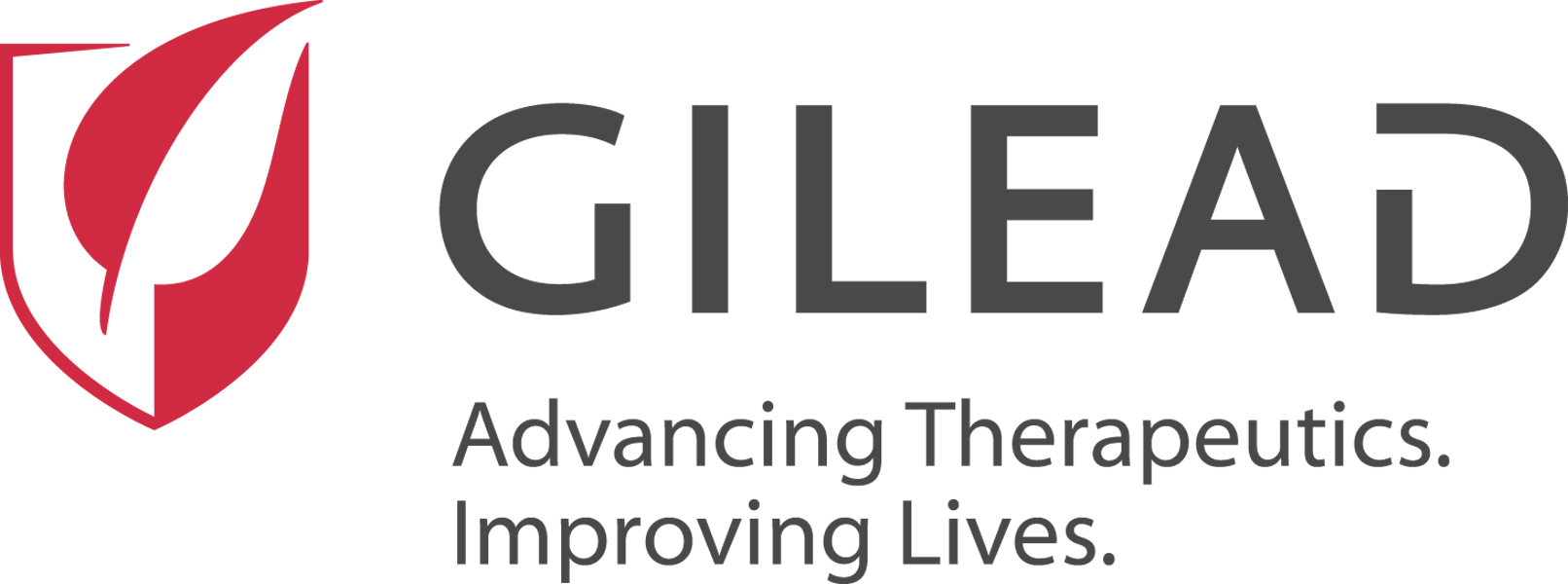Study confirms risks of breastfeeding to infants of moms with Ebola
A systematic review published yesterday in The Lancet Infectious Diseases underscores the importance of precautions to minimize the risk of transmitting Ebola via breastfeeding.
Led by World Health Organization (WHO) researchers, the review of 52 studies published from 1976 to 2019 found that Ebola virus was still detectable via reverse transcription polymerase chain reaction in breast milk 26 days after the mother began having symptoms and in amniotic fluid as long as 32 days after the virus had cleared from the mother's blood.
Of 274 pregnant women with Ebola, 197 (72%) died, similar to the death rate of the general population infected with the virus. Almost all the women had adverse pregnancy outcomes, with only 31 of 267 (12%) resulting in a live birth and all but 3 babies dying within 19 days. Maternal death rates from Ebola before 2014 were higher (91 of 107 cases [85%]).
The 2019 outbreak of Ebola in the Democratic Republic of the Congo is ongoing, with 3,453 cases and 2,264 deaths as of Apr 5. Most cases have occurred in women, as they did in the 2014-16 outbreak in West Africa that killed more than 11,000 people.
Some pregnant women were denied supportive care in the 2014-16 outbreak because healthcare workers thought treatment was futile. "Our review, however, suggests that pregnancy is not associated with increased mortality or disease severity for women with Ebola virus disease," the authors wrote.
In a commentary in the same journal on WHO guidelines on the care of pregnant or breastfeeding women with Ebola issued in February, the same authors said that breastfeeding infants of infected mothers should be separated and given a breast milk substitute and should be considered contacts for the purposes of outbreak management.
May 6 Lancet Infectious Diseases study and commentary
February WHO guidelines
Undervaccination, crowded conditions fueled Jerusalem measles outbreak
An investigation into a large measles outbreak in Israel's Jerusalem district in 2018 and 2019 revealed challenges with contact tracing and isolating patients, due to high population density and that vaccination encouragement from rabbis helped turn the tide. The team reported its findings today in a Morbidity and Mortality Weekly Report (MMWR) note from the field.
The outbreak began following imported cases, mainly from Ukraine, in March 2018 in Central and Northern districts of Isreal, but it spread to Jerusalem in August 2018 because of two unvaccinated infected people, a 20-year-old boarding school student and a 2-year-old child. The outbreak spread rapidly though densely populated low-income orthodox Jewish neighborhoods where first-dose measles vaccine coverage is lower than for children in other communities.
Transmission intensified during the fall Jewish high holidays. Investigators found inadequate adherence to isolation recommendations among patients and their parents and were challenged by high numbers of close contacts to track.
The response also included postexposure prophylaxis and a vaccine campaign that targeted children ages 1 to 14 years old. High numbers of cases and the impact on young children triggered community concerns, and the rabbi community helped support the vaccine campaign, which encouraged acceptance and compliance with control activities.
Vaccine coverage climbed from 76.3% to 96.8%, and by December 2018, cases dropped considerably, ending in May 2019. The outbreak totaled 4,115 cases, about half from Jerusalem.
May 8 MMWR note from the field
Valneva to develop single-dose chikungunya vaccine
Valneva this week announced a partnership with Instituto Butantan, a producer of immunobiologic products, to develop, manufacture, and market, Valneva's single-injection chikungunya vaccine, VLA1553, in low- and middle-income countries (LMICs).
"Although millions of people have been affected by chikungunya, there is currently no vaccine and no effective treatment available against this debilitating disease," said Thomas Lingelbach, Valneva president and CEO. "We look forward to working with Instituto Butantan to help address this current public health crisis and speed up the development of a chikungunya vaccine in LMICs, which are high outbreak areas."
Valneva is set to begin phase 3 clinical trials on the vaccine in the United States this year, and all phase 4 trials will be handled by Instituto Butantan.
Since 2005, the mosquito-borne disease has caused 2 million deaths worldwide.
May 5 Valneva press release










